This article was co-authored by Peter D'Aquino, L.Ac, MS, NCCAOM. Peter D'Aquino is an Acupuncturist and Diplomate in Oriental Medicine based in New York City. Peter is licensed to practice in New York State and holds board certification by the National Certification Commission for Acupuncture (NCCAOM) and Oriental Medicine in acupuncture and Chinese herbal medicine. He has 10 years of experience practicing holistic pain management and sports medicine. He specializes in treating pain and orthopedic conditions along with rehab, fitness, weight loss, and digestive issues. He is also certified as a Personal Trainer by The National Academy of Sports Medicine (NASM) and certified in Functional Range Conditioning (FRC) and Functional Range Release (FRR) movement therapy. He holds an MA in Acupuncture and Herbal Medicine from Pacific College of Oriental Medicine in New York (PCOM).
There are 12 references cited in this article, which can be found at the bottom of the page.
This article has been viewed 106,906 times.
It's likely that you have heard of acupuncture, and you may even know someone who has experienced it. Acupuncture is the attempt to restore and maintain health through the stimulation of specific anatomical points on the body. It can be done either by a small needle or a laser.[1] If you're considering trying this alternative medical system yourself, for a condition that is chronic, or one where Western medicine seems to have failed you, here are some ideas for approaching your choice.
Steps
-
1Study the concept and system of Oriental acupuncture. Acupuncture has been used for thousands of years in China and Asia.[2] However, it doesn't follow a Western European method of disease diagnosis and treatment, so it is useful to consider this as an alternative method to rectify your condition.
- Read about it in books or magazines.
- Talk to an acupuncture practitioner, or to someone who has successfully used it.
- Read information on suitable websites, such as government health departments or traditional Chinese medicine schools with a good reputation.
-
2Decide if you can trust or accept this methodology. If you are extremely averse to trying it, no one can or should convince you to do so. However, if you are convinced it might work for you, or you're feeling desperate for another treatment route, acupuncture might be extremely helpful and be exactly what you need. Acupuncture may relieve pain, reduce symptoms, or help restore balance to your body's system. Only you can decide if it is worth giving it a try.[3]
- Be wary of anyone who claims it can cure anything more substantial, however, as it doesn't cure cancer and cannot save you from an incurable illness.
Advertisement -
3Determine if your insurance plan will cover treatment. If you have decided to try acupuncture, see if it is covered by your insurance plan or your health system's welfare coverage.[4]
- Your doctor might have to refer you for treatment to get it covered. Discuss this idea with your doctor first if you'd like.
- If it's not covered, decide if you can afford to pay out of pocket for it on your own. In case money is an issue search for a local "community style" acupuncturist who treats people in a group setting which cuts costs down on the cost of treatment.
-
4Find a qualified practitioner. Depending on where you live, you might easily find a qualified acupuncture doctor, or you may not. The NIH, however, has found that acupuncture is being widely practiced by physicians, dentists, acupuncturists, and other practitioners.[5] You will need to check if acupuncture is regulated where you live; a state, province, or region may or may not certify such doctors, making it harder for you to know whether or not your acupuncturist is reputable.
- If you are having difficulties finding out, inquire in a local Oriental medicine clinic or college for more information.
- If you know of people who have had successful treatments, ask for their recommendation.
- Always ask to see their credentials and state license.
-
5Understand what the treatment consists of. Acupuncture is a system in which you receive a series of up to 20 treatments of up to an hour each (or more), spread out over several weeks. There will usually be a day or two between each treatment or possibly a week depending on your condition. Acupuncture focuses on treating overall well-being and not just the symptoms, taking a holistic approach. This means you must set aside time because it is useless to take only one treatment or to begin a series and not finish it. Not finishing a course of treatment is a waste of money.[6]
- Acupuncture is based on the idea that people have imbalances in their body. For instance, if you're having acupuncture done to treat muscle pain, your practitioner will stimulate different muscles to help correct the imbalance that's leading to your discomfort.[7]
-
6Schedule your first consultation. Go to the acupuncturist and tell him/her your problem. Show your acupuncturist where your pain is, explain your symptoms, tell him/her what you've tried before, what you eat, how you sleep. Be open to the acupuncturist's explanation and suggestions. Expect the explanation to be different from what a Western doctor may say.[8]
- Talk to your acupuncturist about anything you should do before your first session. For example, they might recommend that you not workout before your session, and they may ask you to avoid eating a heavy meal before the appointment.[9]
-
7Prepare for your first treatment. Tell the acupuncturist if this is your first time. He/she will probably explain what is going on in more detail for a new patient. Normally, you will lie on a regular examination or massage bed, and remove clothes from the areas the acupuncturist tells you to. You will be draped in a sheet or towel, plus a blanket if it's cold. Be sure to wear loose clothing when you go for your appointment.[10]
- Wear loose-fitting, comfortable clothing so you can relax during your session.[11]
- The acupuncturist will unwrap brand new never used sterile needles from plastic packets. They might also swab the insertion areas with alcohol (this is required for qualified acupuncturists in the USA). You might not see where they will be inserted.
-
8Relax. Close your eyes and let your muscles loosen. This is a time to focus your energy inward toward healing. Focus on the fact that you have pain or something wrong, and you want to get better. Let this happen.
- You will feel a small prick when the needle is inserted. After that first instant, you should feel nothing. If you feel a sudden sharp nerve pain, alert the acupuncturist to let him or her know. He/she might need to remove the needle and insert it in a slightly different place.
- The acupuncturist may insert up to 20 different needles at various points, though the first treatment may have fewer. Lie still. Close your eyes. Relax. Visualize the areas of pain or problems, and how they must improve. You should soon feel absolutely nothing. Rest. Take a little nap. Meditate.
- Pain is subjective, and many people report no or minimal pain from acupuncture.[12] If there is undue pain, alert the practitioner immediately as it may be the result of improper placement of the needles, a defective needle, or your own movement causing a slip.
-
9Lie quietly for the duration of treatment. This could be anywhere from 20-60 minutes, less at first. Don't plan to read, though you could listen to quiet music. It's best to simply snooze or meditate.[13]
-
10Don't fight the treatment. You have decided to receive acupuncture. Now you must relax, not argue, or stress. Otherwise it won't work as well. Go with it. If you decide later not to return, that's your choice. During the treatment, simply lie there. It won't hurt after the first moment.
-
11Try to relax after the treatment because your muscles need to rest. Bruising is normal if you had needles inserted into you.[14]
Warnings
- If pain continues for two minutes or more after a needle is inserted, tell the acupuncturist to remove it and try again. Sometimes the needle hits a nerve meridian, and though this is often part of treatment, if it's severe, it needs to be moved.⧼thumbs_response⧽
- Don't do acupuncture yourself because you might hurt yourself (possibly hit an artery or major vein). Always get a licensed person to do it.⧼thumbs_response⧽
- Never do acupuncture on the heart or any organ. It can be fatal.⧼thumbs_response⧽
- Have the acupuncturist show you the new sterile needles before treatment begins. This is the only part of acupuncture where sanitary safety is a factor. The US Food and Drug Administration requires licensed acupuncture practitioners to use needles that are sterile, non-toxic and labeled for single use only.[17]⧼thumbs_response⧽
- A recent study showed that individualized, standard, and placebo acupuncture were slightly better than standard care. However, as placebo acupuncture produces the same results as standard and individualized acupuncture the study concluded that acupuncture does not work. [18]⧼thumbs_response⧽
Things You'll Need
- Contact details for acupuncturists
- Your own physician's advice
- Blanket or pillow (optional)
- Incense or aromatherapy (optional, always ask first)
- Music (optional, ask if it can be played)
References
- ↑ https://www.hopkinsmedicine.org/health/wellness-and-prevention/acupuncture
- ↑ https://www.hopkinsmedicine.org/health/wellness-and-prevention/acupuncture
- ↑ https://www.nccih.nih.gov/health/acupuncture-in-depth
- ↑ https://www.ncbi.nlm.nih.gov/books/NBK532287/
- ↑ https://www.ncbi.nlm.nih.gov/pmc/articles/PMC5512332/
- ↑ https://youngwomenshealth.org/2013/06/12/acupuncture/
- ↑ Peter D'Aquino, L.Ac, MS, NCCAOM. Licensed Acupuncturist. Expert Interview. 14 April 2020.
- ↑ https://www.nhs.uk/conditions/acupuncture/
- ↑ Peter D'Aquino, L.Ac, MS, NCCAOM. Licensed Acupuncturist. Expert Interview. 14 April 2020.
- ↑ https://www.nhs.uk/conditions/acupuncture/
- ↑ Peter D'Aquino, L.Ac, MS, NCCAOM. Licensed Acupuncturist. Expert Interview. 14 April 2020.
- ↑ https://youngwomenshealth.org/2013/06/12/acupuncture/
- ↑ https://my.clevelandclinic.org/health/treatments/4767-acupuncture
- ↑ https://www.betterhealth.vic.gov.au/health/conditionsandtreatments/acupuncture
- ↑ https://www.betterhealth.vic.gov.au/health/conditionsandtreatments/acupuncture
- ↑ https://www.nccih.nih.gov/health/acupuncture-in-depth
- ↑ https://www.fda.gov/regulatory-information/search-fda-guidance-documents/complementary-and-alternative-medicine-products-and-their-regulation-food-and-drug-administration
- ↑ A randomized trial comparing acupuncture, simulated acupuncture, and usual care for chronic low back pain., Arch Intern Med. 2009 May 11;169(9):858-66.




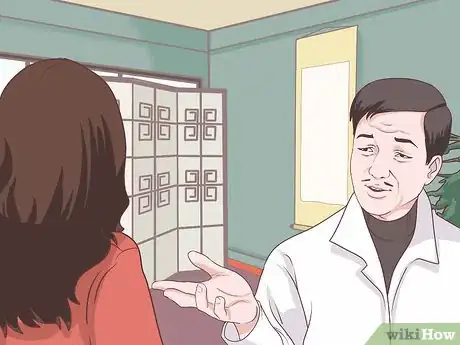

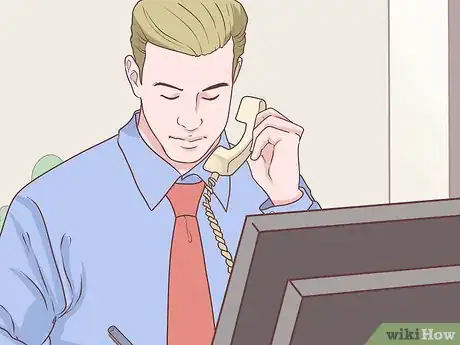

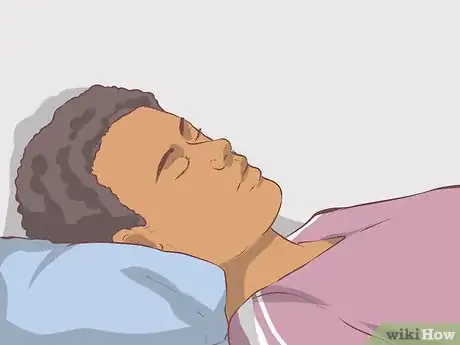
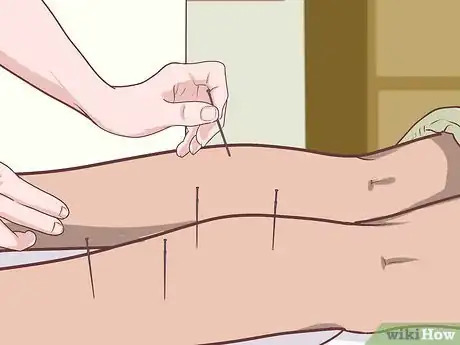
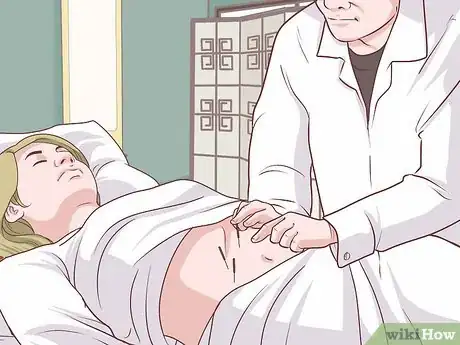
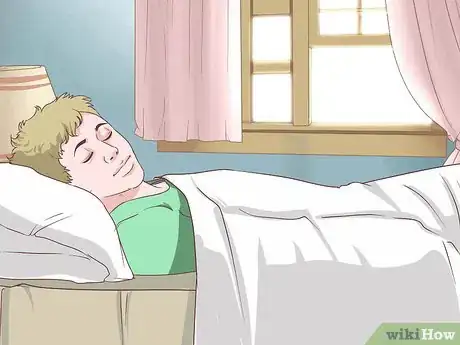
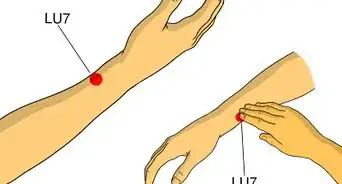
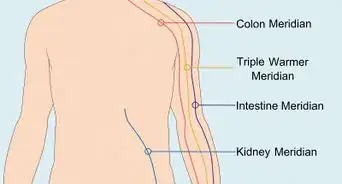

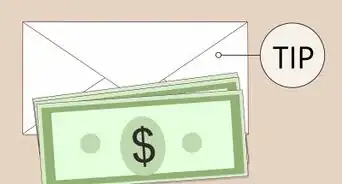
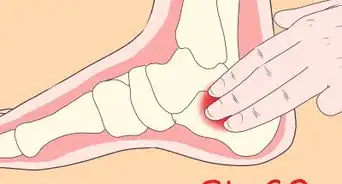


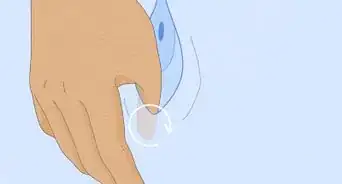









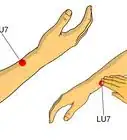
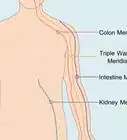





































Medical Disclaimer
The content of this article is not intended to be a substitute for professional medical advice, examination, diagnosis, or treatment. You should always contact your doctor or other qualified healthcare professional before starting, changing, or stopping any kind of health treatment.
Read More...